AARP Hearing Center

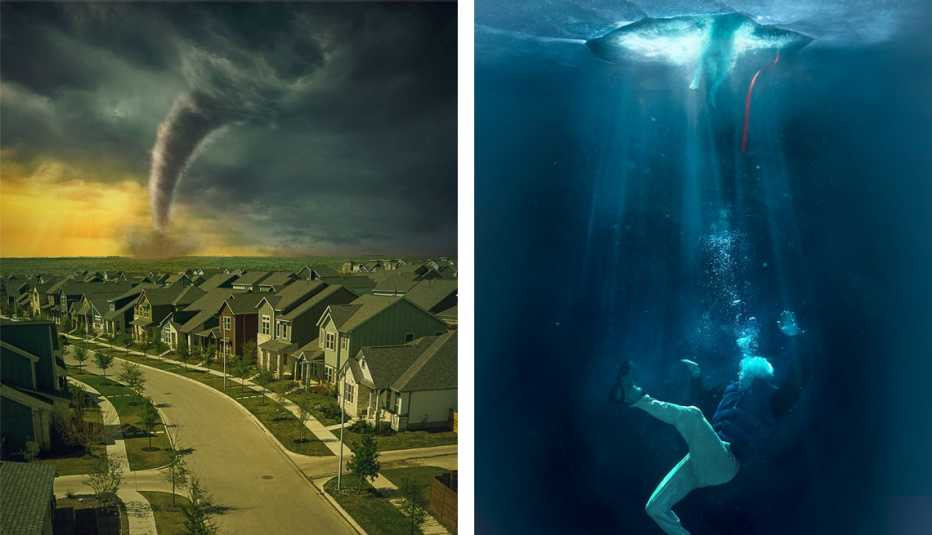
We used to know what to expect when it came to the weather: It was warm in the South, colder in the North, and there were dry seasons and rainy seasons. We knew what weather emergencies to plan for.
But things have changed. A record-breaking 28 billion-dollar weather and climate disasters hit the U.S. in 2023, including more than 1,000 tornados, 20 tropical cyclones and the deadly wildfire in Maui. And this year could raise the bar again. A thunderstorm dropped cantaloupe-sized hail in the Texas panhandle on January 2, Caribou, Maine, issued its first-ever excessive heat advisory when temperatures hit 110 on June 19 and forecasters at the National Oceanic Atmospheric Administration are predicting an above-average hurricane season with up to 25 named storms.
As our climate changes, more of us are seeing extreme weather that we’ve never encountered before. Read on for some dangers that can arise when the weather gets weird and how you can protect yourself.
CRISIS: A tornado is headed in your direction

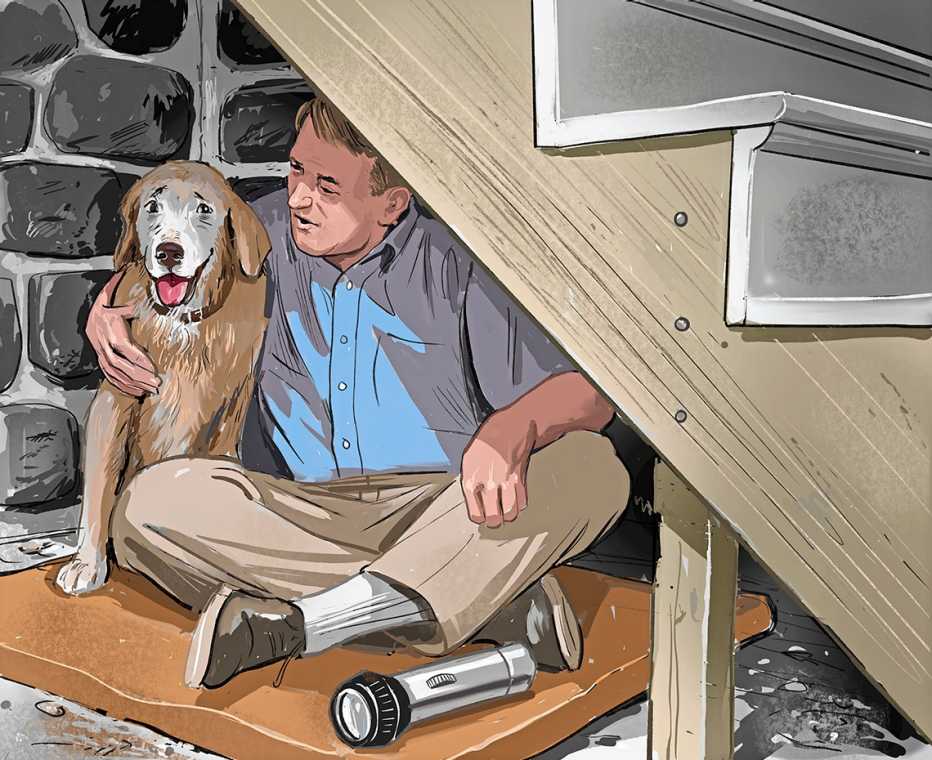
Not all tornadoes look like the one in The Wizard of Oz. Many aren’t even visible; they can be wrapped in rain, cloud cover or darkness. The following are telltale signs of hidden funnel activity: whirling dust or debris under thick clouds; rain and hail, followed by a fast, strong wind shift; a loud roar that doesn’t fade like thunder does. At night you may see blue, green or white flashes near ground level. That’s not lightning, though — it means wind is knocking around power lines. Heed all warnings on your phone, TV or radio.
Save yourself
The biggest tornado threat is debris (especially glass) riding 100-plus mph winds. At home, avoid windows and use small, centrally located rooms for shelter.
- Basements are best, but anywhere windowless, where you can use sturdy furniture, mattresses and thick blankets as protection from debris, will offer shelter.
- In a vehicle, try to drive away from the clouds; if that’s not an option, park the vehicle out of traffic lanes and seek shelter. If you have to stay in your car because of flying debris, keep your seat belt on and lower your head below window level, covering up with whatever’s available.
- If you’re stuck outside in the open, get away from trees or vehicles and lie on your belly, in the lowest place you can find. And if you have helmets on hand — sports, military, motorcycle — wear ’em.
Be prepared
Cellular service can be overloaded or disabled in a storm. Keep a battery-powered radio at home so you don’t miss tornado warnings, suggests Roger Edwards, lead forecaster for the National Weather Service’s Storm Prediction Center.
































































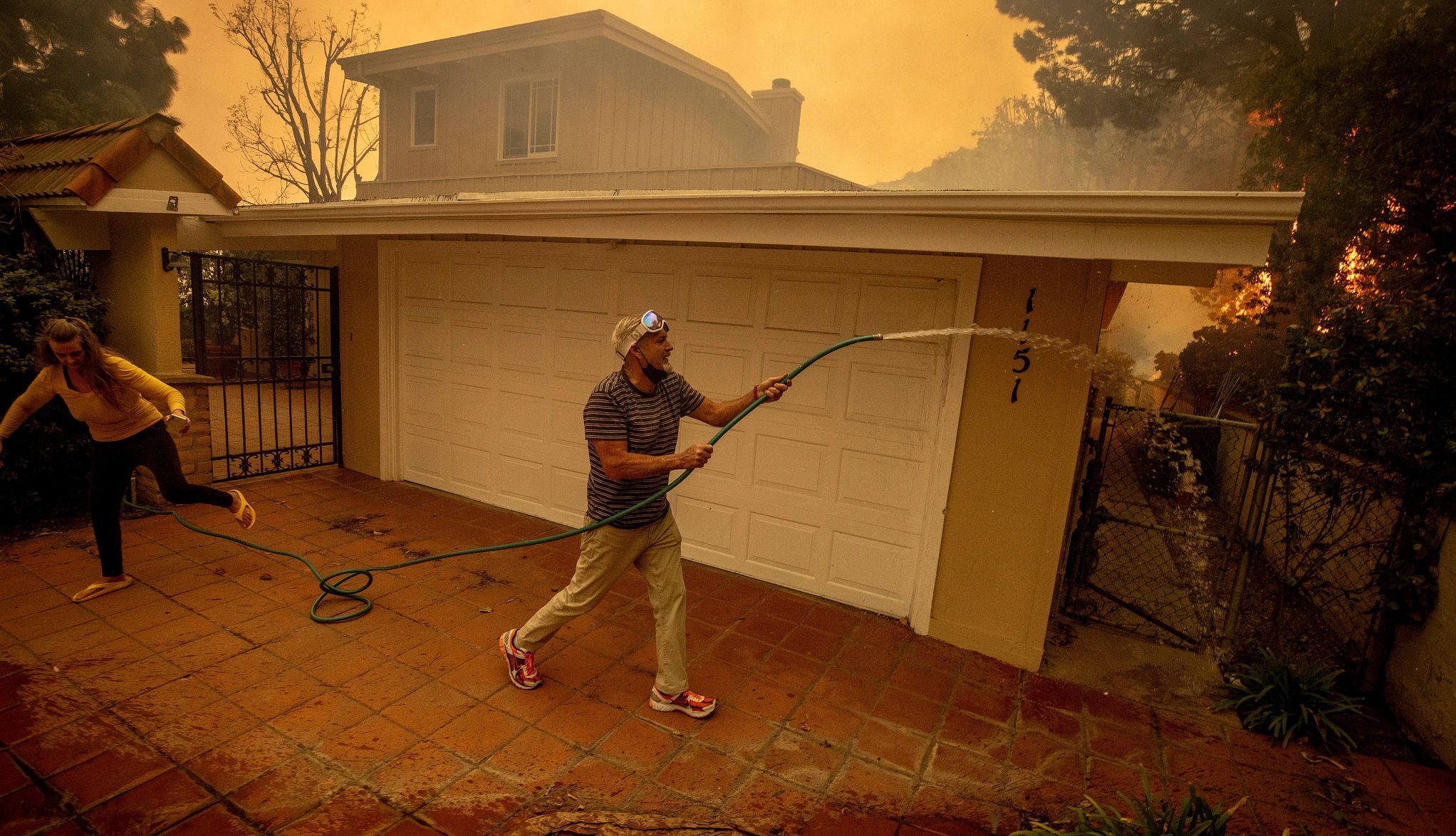

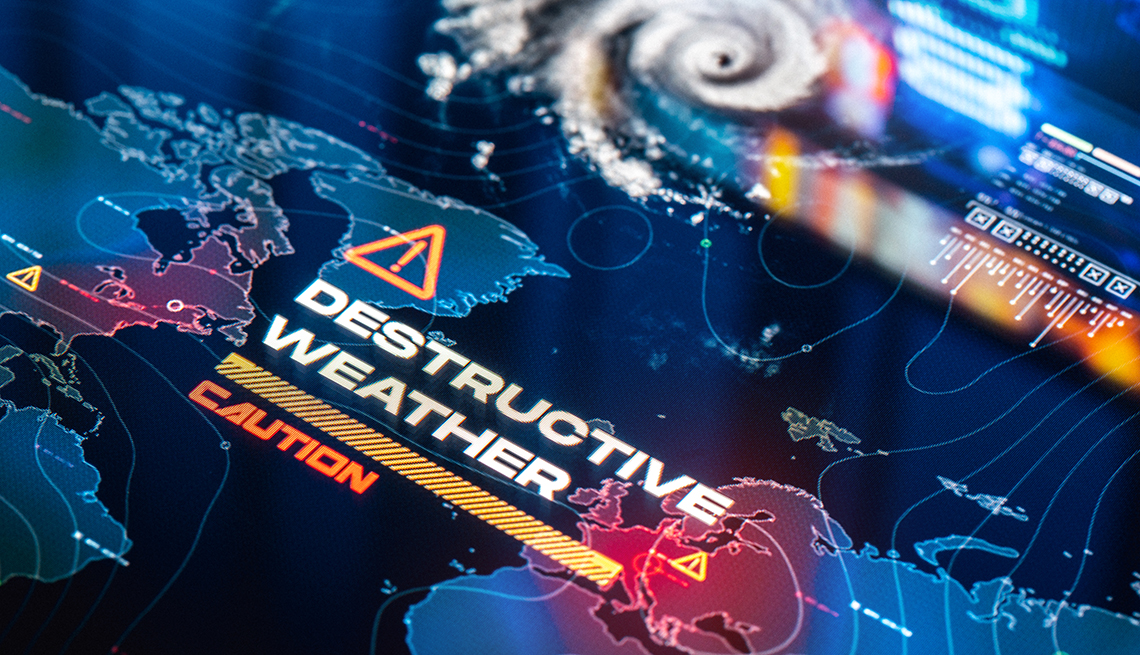
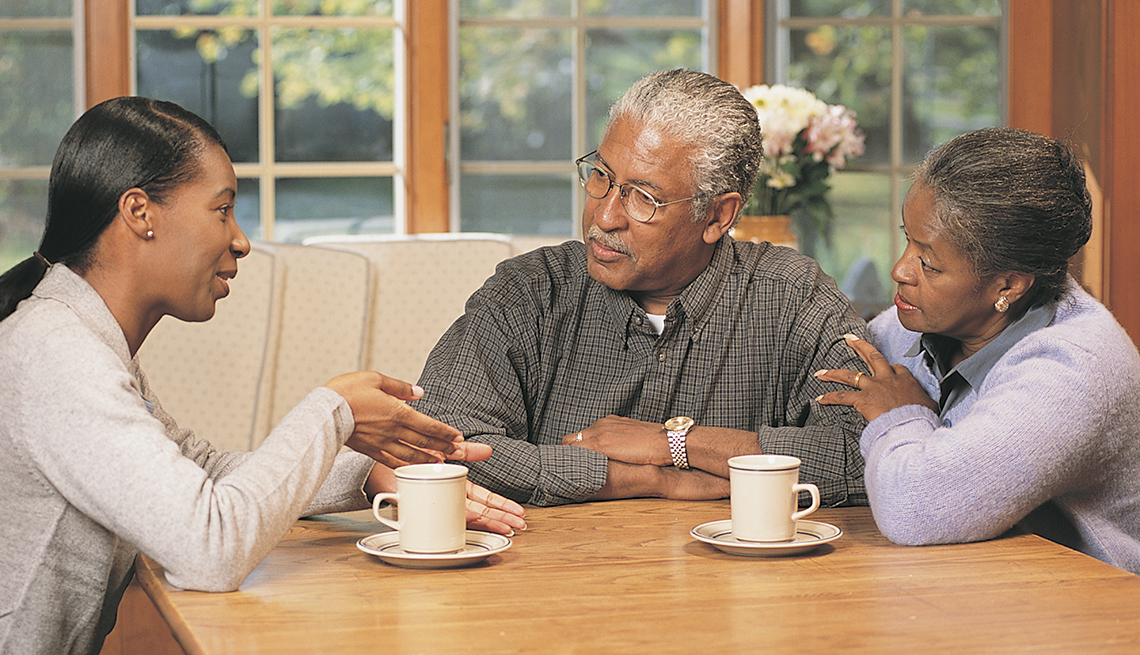
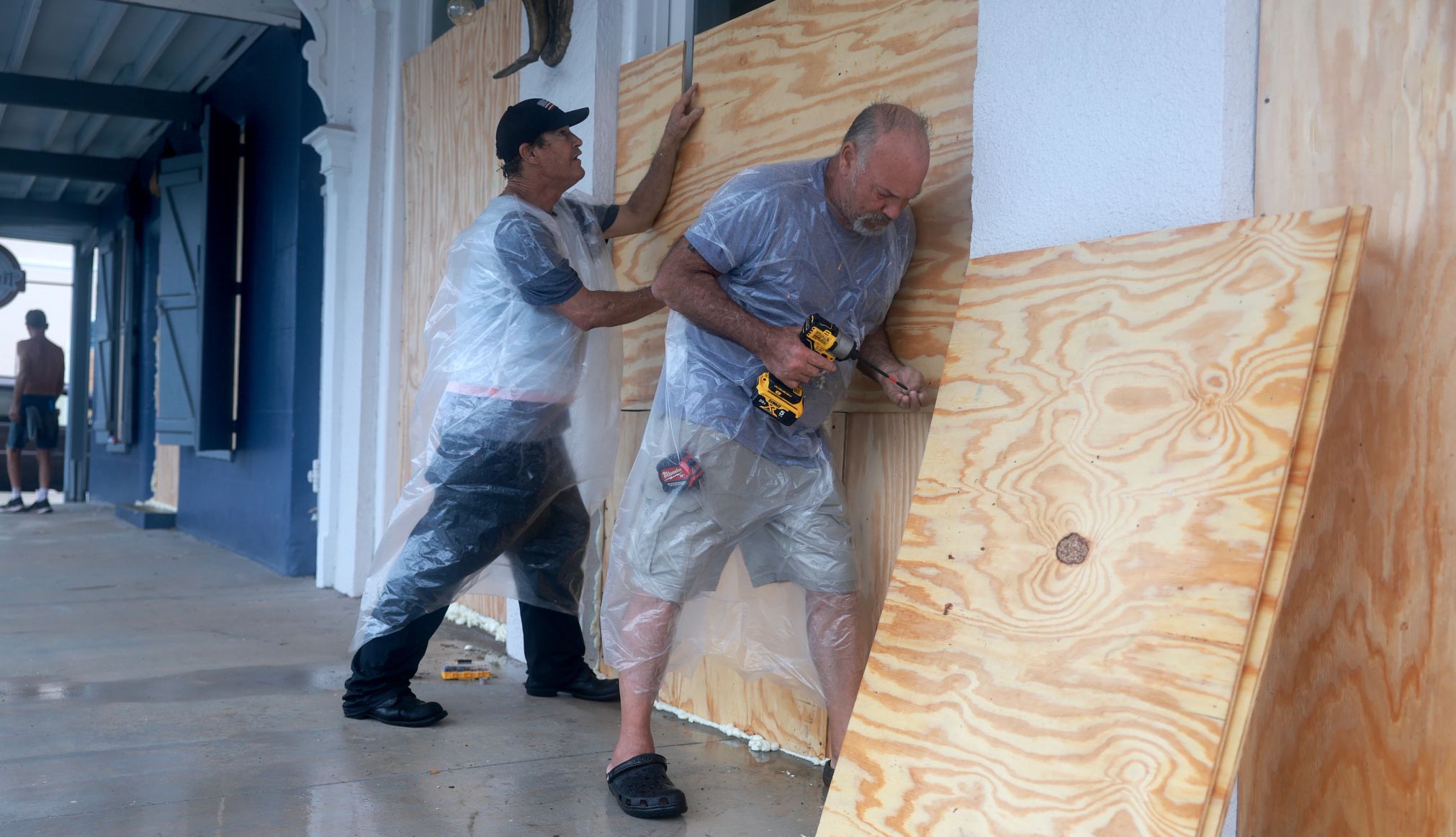
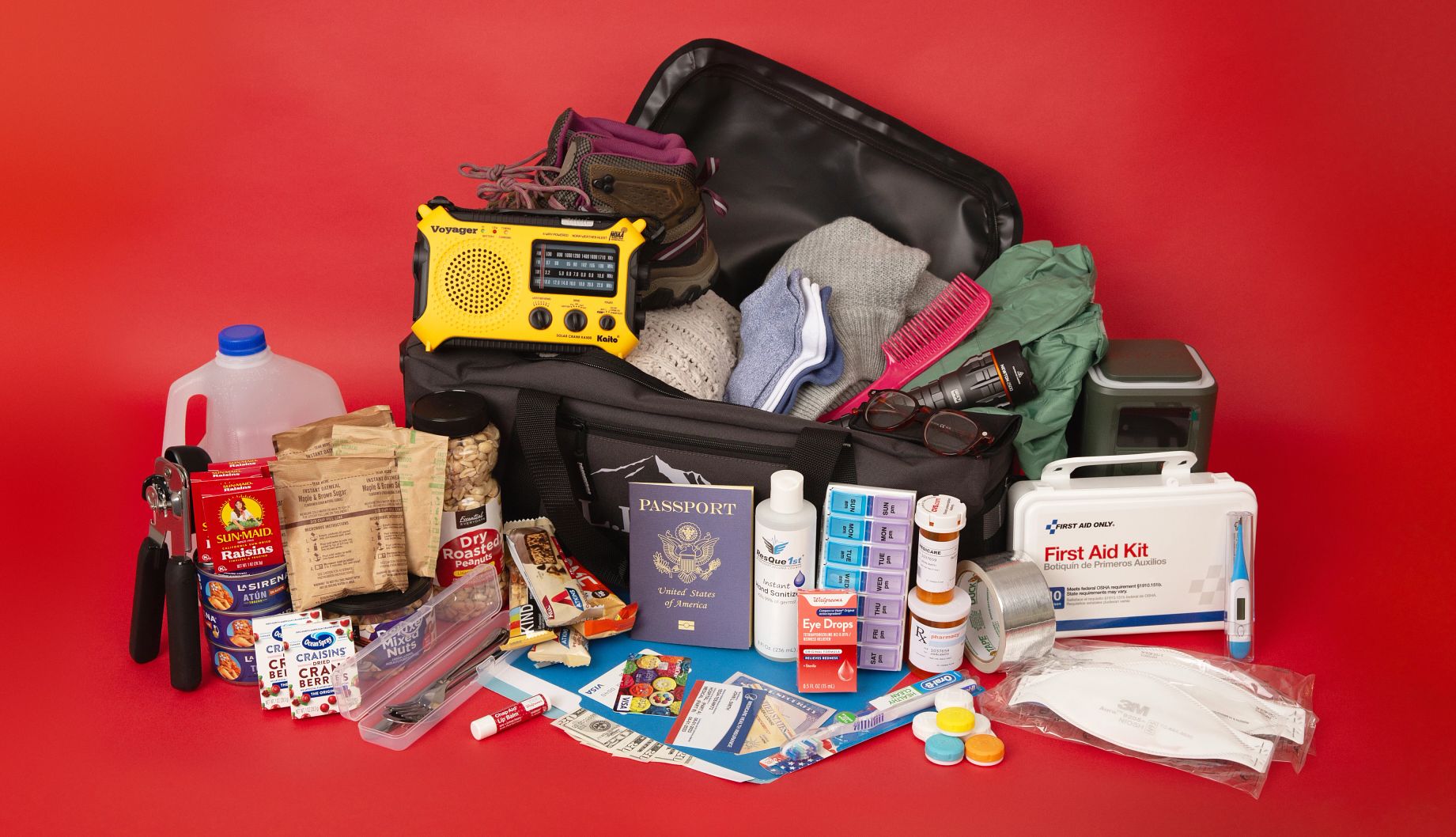









More From AARP
7 Ways to Protect Your Home from Wildfires
New materials, landscaping help prevent fires from spreadingHow to Avoid Disaster Fraud and FEMA Scams
In the wake of natural disasters, scammers may pose as contractors, FEMA officials and other personnel
12 Tips for Cleaning Your Home After a Flood, Hurricane or Tornado
Following severe storms, assess water damage, bring safety gear and save what you canRecommended for You